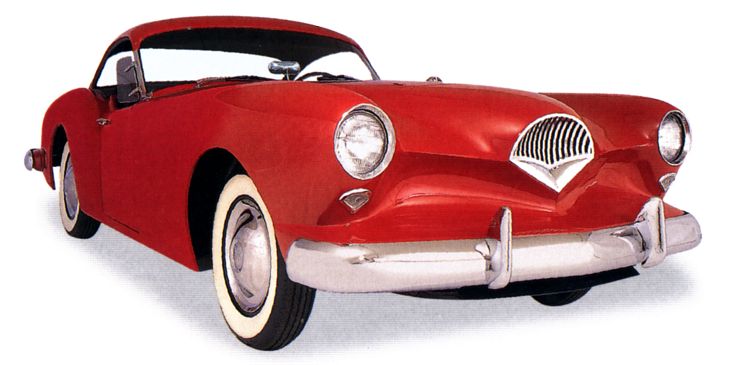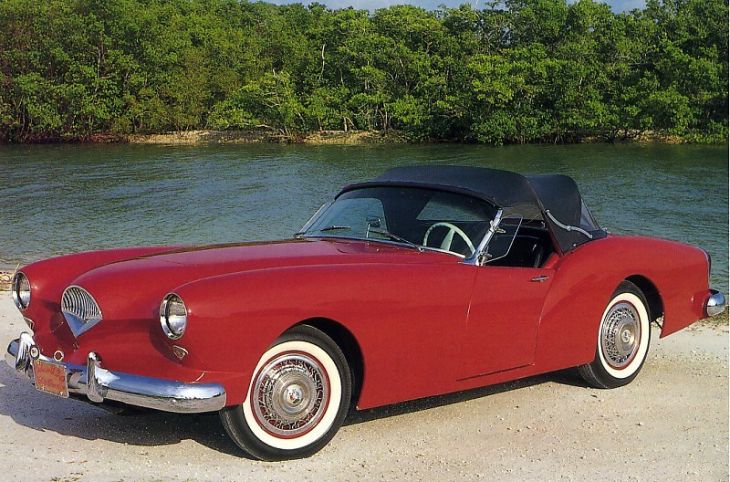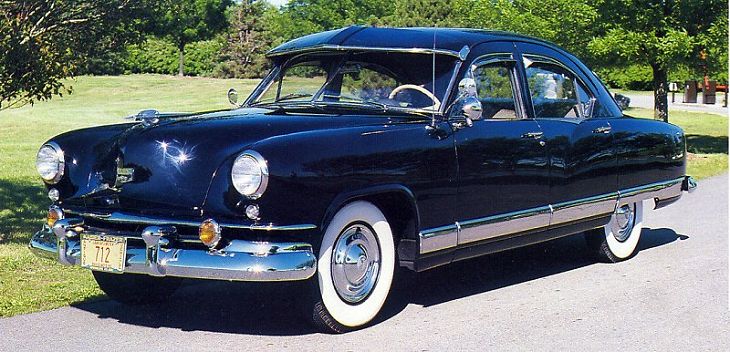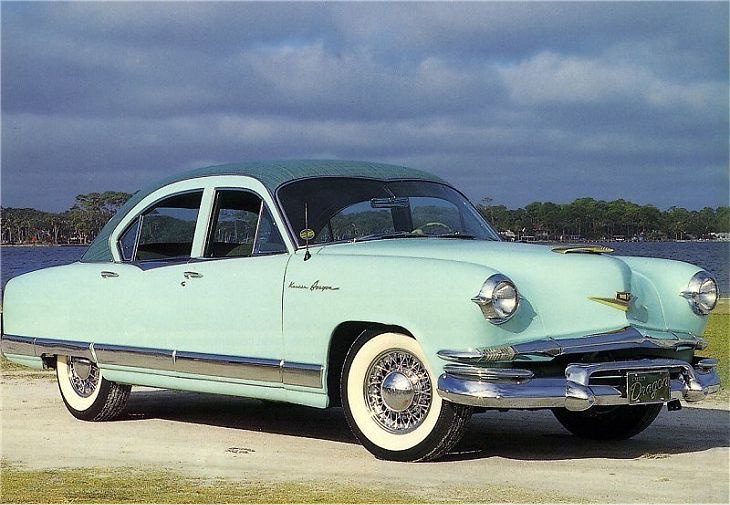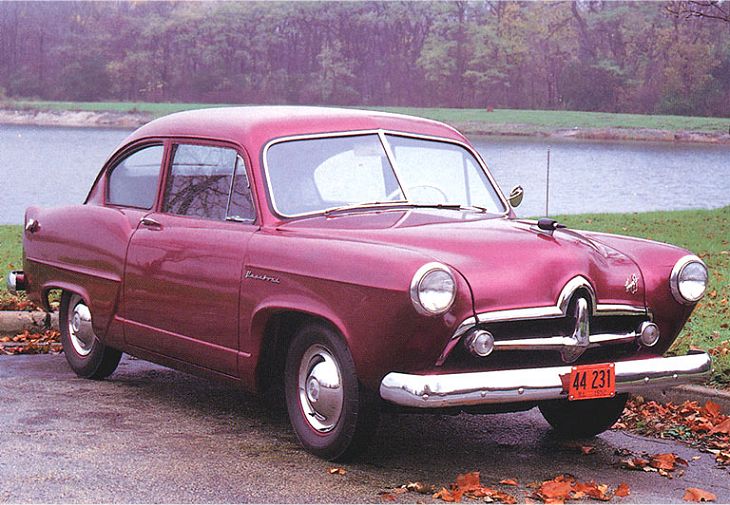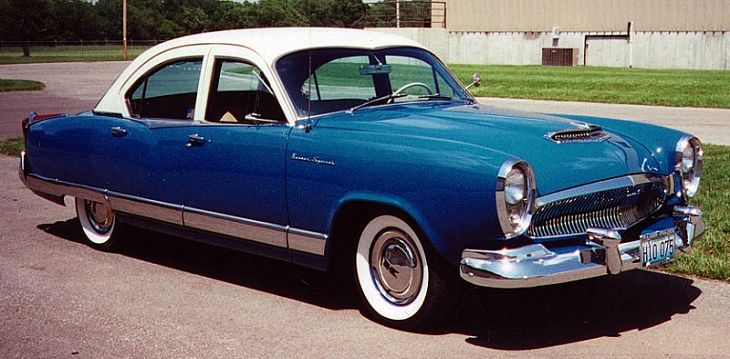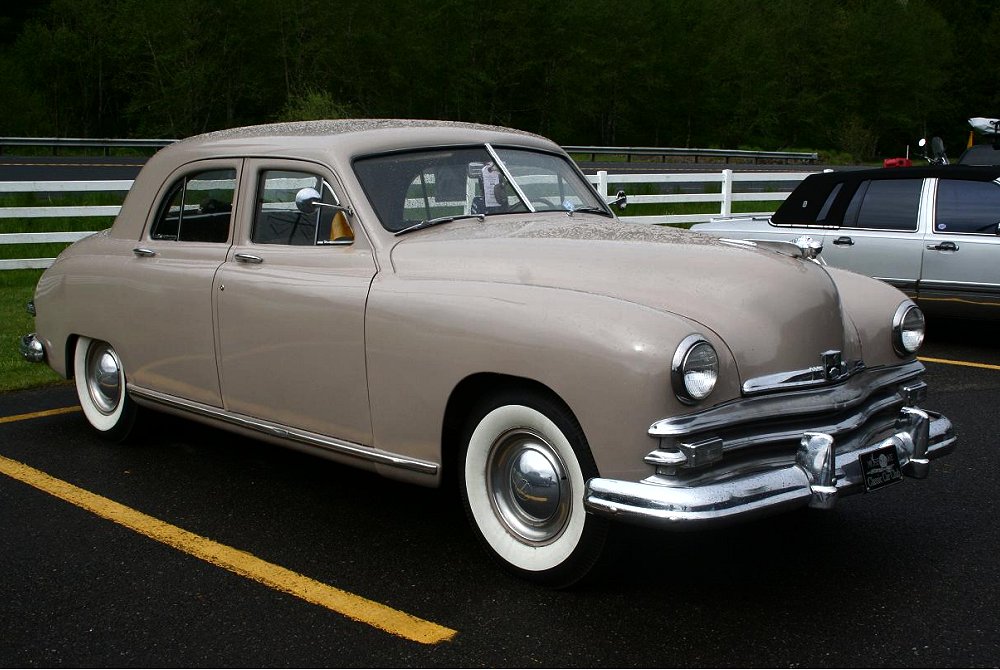Introduction to Kaiser
The Kaiser car company was part of Kaiser-Frazer Corporation, a unique post-World War II automotive endeavor in the United States. Founded by industrialist Henry J. Kaiser and veteran automobile executive Joseph W. Frazer, the company sought to challenge the dominance of Detroit’s Big Three with fresh designs, new ideas, and a strong dose of postwar optimism. Although short-lived compared to major automakers, Kaiser left an important mark on American automotive history.
Origins and Founding
Henry J. Kaiser and the Vision
Henry J. Kaiser was a construction magnate and shipbuilder who made a name for himself during WWII with his Liberty ships. He believed America needed new cars to meet pent-up postwar demand and partnered with Joseph Frazer, formerly of Willys-Overland and Graham-Paige, to form Kaiser-Frazer Corporation in 1945. The company used the Willow Run plant in Michigan, originally built by Ford for B-24 bombers.
Early Success
The Kaiser and Frazer Models (1947–1950)
Kaiser-Frazer released two nearly identical cars in 1947: the **Kaiser Special** and the **Frazer Manhattan**. These full-size sedans featured modern postwar styling and were well received in a market hungry for new vehicles. In 1947, the company sold over 100,000 cars, an impressive feat for a brand-new manufacturer.
Postwar Boom and Market Saturation
By 1948–49, however, the Big Three—Ford, GM, and Chrysler—had retooled their factories and flooded the market with new models. Kaiser-Frazer’s sales began to decline, and the lack of a V8 engine, limited dealer network, and financial constraints began to take their toll.
Innovation and Design
Kaiser Traveler and Vagabond (1949–1951)
Kaiser was an innovator in design. The **Kaiser Traveler**, introduced in 1949, was one of the first hatchbacks—a sedan with a rear tailgate and fold-down rear seats for cargo. The **Frazer Vagabond** was a similar concept, and both foreshadowed future crossover and hatchback designs.
Kaiser Henry J (1950–1954)
The **Henry J** was introduced as an affordable compact car aimed at budget-conscious consumers. Named after Henry Kaiser himself, it was built with cost-cutting in mind—early versions lacked gloveboxes and opening rear windows. While it was fuel-efficient and reasonably priced, it struggled to compete with better-equipped models from larger companies. Still, the Henry J remains one of the few American compact cars of its era.
Partnership with Sears: Allstate
In an unusual marketing move, Kaiser sold a rebadged Henry J through Sears under the name **Allstate** in 1952 and 1953. Though innovative, the venture was short-lived due to limited consumer acceptance of buying cars from a department store.
Decline and Exit from the U.S. Market
Challenges and Competition
As the 1950s progressed, Kaiser-Frazer found it increasingly difficult to compete with the Big Three. Without the resources to match yearly styling changes or expand their engine options, Kaiser cars began to appear outdated. Sales dwindled despite some attractive designs, like the 1954 Kaiser Manhattan, which featured the first factory-installed supercharger in a U.S. car.
End of U.S. Production
In 1953, Kaiser purchased Willys-Overland, the company responsible for the Jeep. This acquisition shifted the company’s focus away from passenger cars. Kaiser ceased production of Kaiser-branded cars in the U.S. after the 1955 model year, choosing to focus on Willys and the Jeep brand, which would become far more successful.
Kaiser Overseas
Kaiser Cars in Argentina
Kaiser did not exit the car business entirely. The company established **Industrias Kaiser Argentina (IKA)** in the mid-1950s and continued building Kaiser cars in South America. IKA produced versions of the Kaiser Manhattan and later licensed cars from Renault and other European makers, becoming a significant player in the Argentine auto market.
Merger into Kaiser Jeep
By the 1960s, Kaiser had fully transitioned into a Jeep-focused company. In 1963, the name changed to **Kaiser Jeep Corporation**, which carried on until it was acquired by American Motors Corporation (AMC) in 1970. Jeep would later be bought by Chrysler, and today remains one of the most recognized automotive brands in the world.
Important Kaiser Models
Kaiser Special and Deluxe (1947–1950)
These were the company’s first cars and key to its early success. They offered advanced postwar styling and good value for money.
Frazer Manhattan (1947–1951)
The Frazer variant was more upscale, featuring higher trim levels and stylish touches, often positioned as a near-luxury car.
Kaiser Traveler and Vagabond
Early hatchback designs that proved Kaiser’s willingness to innovate. They offered unmatched practicality at the time.
Kaiser Henry J (1950–1954)
A compact economy car designed to compete with used vehicles and appeal to price-conscious customers. Simple but important in compact car history.
Kaiser Manhattan (1954)
One of the last Kaiser models built in the U.S., featuring a supercharged engine and elegant styling. It showed what the company could do with limited resources.
Legacy
The Kaiser car company was ambitious, innovative, and unafraid to challenge the status quo. Although it ultimately couldn’t match the industrial power of GM, Ford, and Chrysler, its influence is still felt. Kaiser’s emphasis on safety, streamlined design, and practicality paved the way for many later automotive trends.
Its bold entry into the market, experimental approach to marketing (such as the Sears Allstate), and international expansion are a testament to the entrepreneurial spirit of Henry J. Kaiser. While the cars are now rare, they are prized by collectors for their uniqueness and bold styling. Perhaps more importantly, Kaiser’s pivot to focus on Jeep helped lay the foundation for one of the most successful off-road brands in the world.
List of Kaiser Cars
| Image | Name | Summary | Categories | hf:categories |
|---|---|---|---|---|
| Kaiser Custom K-482 | The Kaiser Custom K-482 represented the more refined and luxurious expression of Kaiser-Frazer’s bold postwar … | Kaiser | kaiser manufacturer | |
| Kaiser Custom Six K-101 | The Kaiser Custom Six K-101 was a premium full-size sedan produced by Kaiser Motors in … | Kaiser | kaiser manufacturer | |
| Kaiser Darrin 161 Coupe | The Kaiser Darrin 161 Coupe was a rare design concept and an intriguing footnote in … | Kaiser | kaiser manufacturer | |
| Kaiser Darrin 161 Roadster | The Kaiser Darrin 161 Roadster was one of the most distinctive and daring creations of … | Kaiser | kaiser manufacturer | |
| Kaiser Darrin DKF 161 | The Kaiser Darrin DKF 161 was one of the most remarkable and visionary American sports … | Kaiser | kaiser manufacturer | |
| Kaiser Deluxe | The Kaiser DeLuxe was one of the signature models of the Kaiser-Frazer Corporation, a car … | Kaiser | kaiser manufacturer | |
| Kaiser DeLuxe K492 Convertible Virginian | The Kaiser DeLuxe K492 Convertible Virginian was one of the most distinctive and elegant automobiles … | Kaiser | kaiser manufacturer | |
| Kaiser Dragon | The Kaiser Dragon was one of the most distinctive and imaginative American automobiles of the … | Kaiser | kaiser manufacturer | |
| Kaiser Henry J Four | The Kaiser Henry J Four was one of the most ambitious and unconventional American automobiles … | Kaiser | kaiser manufacturer | |
| Kaiser Henry J Six | The Kaiser Henry J Six was the more powerful and refined version of Kaiser-Frazer’s bold … | Kaiser | kaiser manufacturer | |
| Kaiser Special | The Kaiser Special was the foundation of the Kaiser-Frazer lineup and one of the most … | Kaiser | kaiser manufacturer | |
| Kaiser Special K-481 | The Kaiser Special K-481 was one of the early postwar automobiles that reflected both optimism … | Kaiser | kaiser manufacturer | |
| Kaiser Special K491 Sedan | The Kaiser Special K491 Sedan marked the continuation of Kaiser-Frazer’s postwar commitment to producing modern, … | Kaiser | kaiser manufacturer | |
| Kaiser Special Six K-100 | The Kaiser Special Six K-100 was a full-size sedan produced by Kaiser Motors from 1947 … | Kaiser | kaiser manufacturer |


